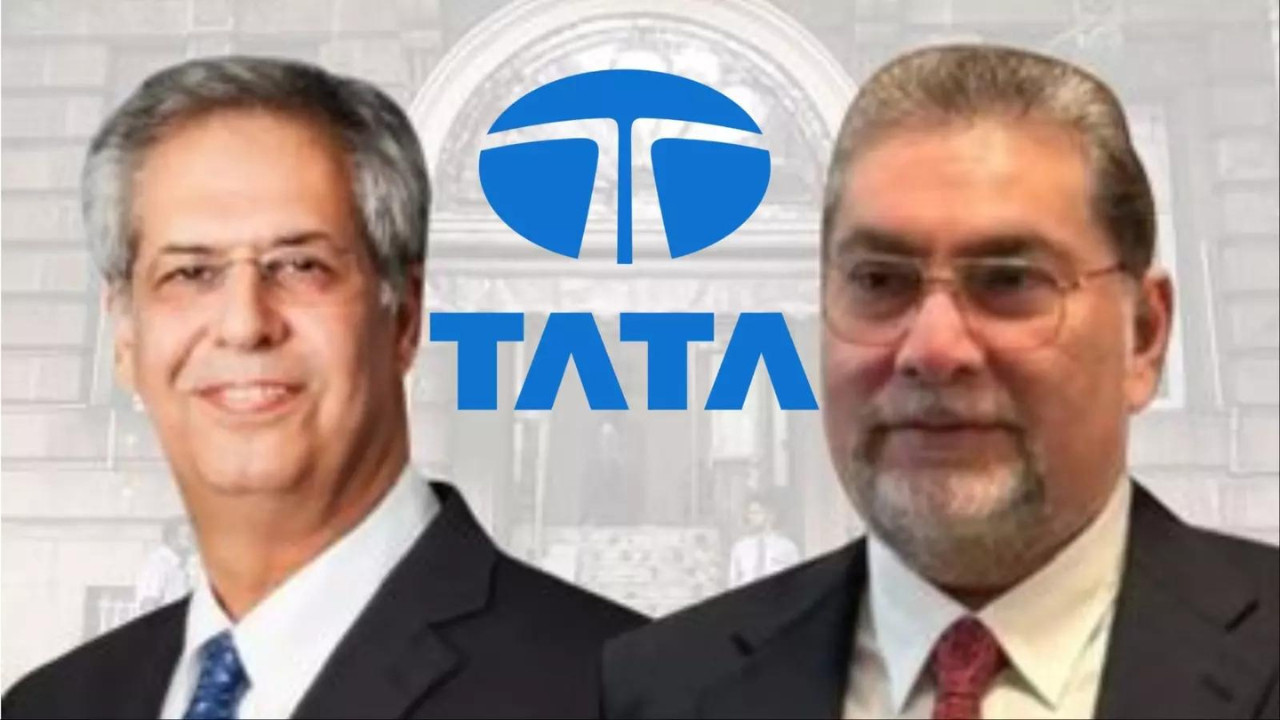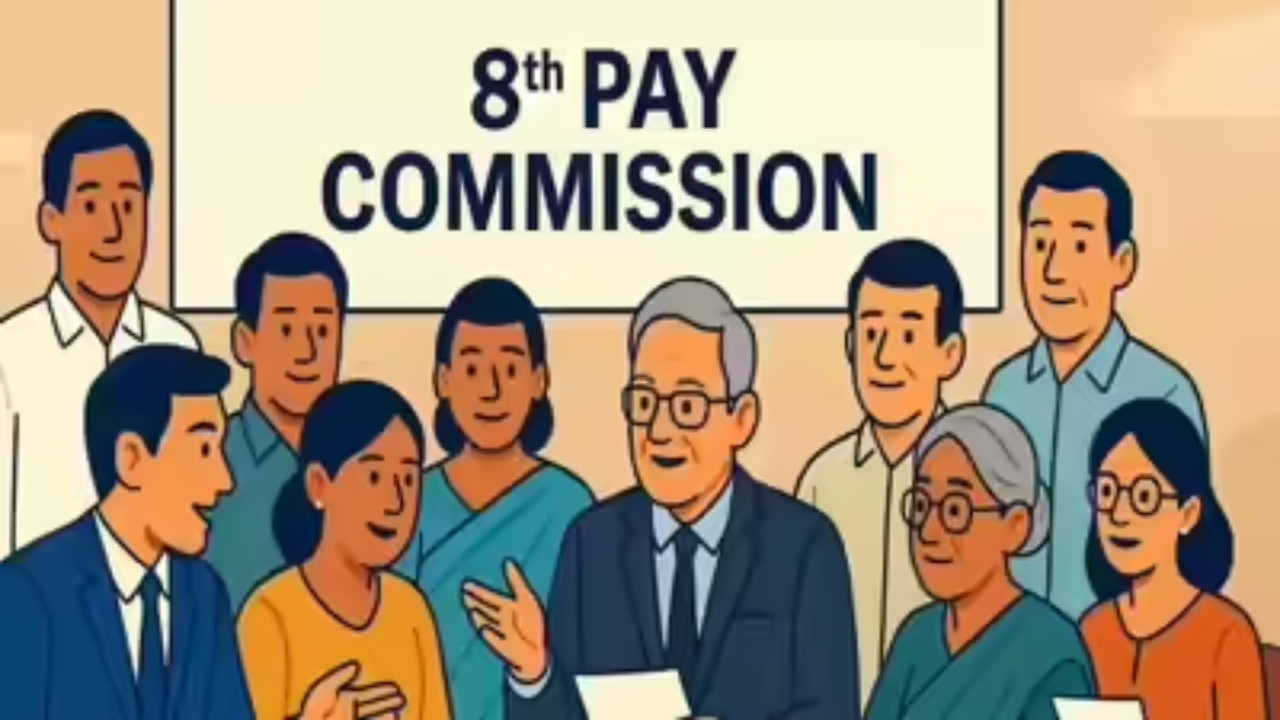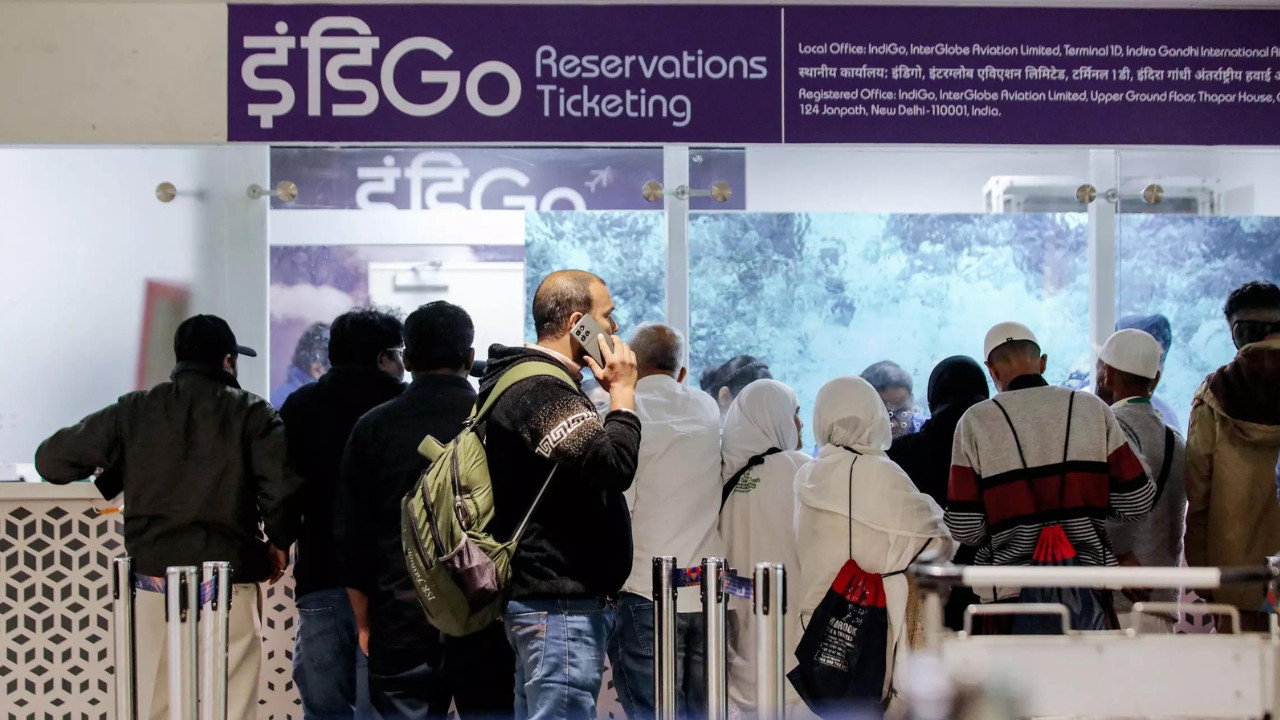Mehli Mistry, executor of Ratan Tata’s will, has filed a caveat with the charity commissioner after his reappointment to Tata Trusts boards was denied by a majority. He seeks an opportunity to be heard before any changes are sanctioned, as the Trusts must report board composition changes within 90 days.
Is a Tata Trust Shake-Up Brewing? Mehli Mistry Fights Back.
The world of Tata Trusts, a cornerstone of Indian philanthropy and legacy, is rarely synonymous with drama. But recent developments suggest a potential power struggle within the hallowed halls, sparked by the proposed removal of Mehli Mistry from its board. Mistry, a long-standing figure in the Tata ecosystem, isn’t going down without a fight. He’s officially filed a caveat, signaling his intention to contest any move to oust him. This isn’t just about one person; it raises intriguing questions about the future direction and governance of these influential trusts.
So, what’s a “caveat” in this context? Think of it as a legal alert system. By filing one, Mistry is essentially telling the courts that he wants to be notified and heard before any final decisions are made regarding his removal. He doesn’t want to be quietly shown the door; he intends to make his case.
The crux of Mistry’s argument seems to revolve around a past resolution. He’s citing a previously agreed-upon stipulation that, in his view, bolsters his position and makes his removal more complicated. The exact details of this resolution remain somewhat opaque, but its significance is clearly central to Mistry’s strategy. It’s a legal chess move designed to protect his seat at the table.

Why is this important beyond the immediate boardroom dynamics? The Tata Trusts are not just another charitable organization. They are deeply embedded in the fabric of India, funding initiatives across healthcare, education, rural development, and more. The Trusts hold a substantial stake in Tata Sons, the holding company of the entire Tata Group, giving them significant influence over the direction of one of India’s largest conglomerates. Any disruption within the Trusts has the potential to ripple outwards, affecting not just their philanthropic endeavors, but also the broader business landscape. We’ve explored the Tata Group’s impact on the Indian economy in other articles, such as [link to article about Tata Group’s impact on the Indian economy].
The whispers surrounding Mistry’s potential removal also raise some eyebrows given the history between the Mistry family and the Tata Group. The unceremonious ousting of Cyrus Mistry, Mehli’s cousin, from the chairmanship of Tata Sons several years ago led to a protracted and very public legal battle. While this latest development is unfolding within the Trusts, not Tata Sons directly, the historical context adds another layer of intrigue. Are we seeing echoes of past conflicts? Is there a deeper power struggle at play?
While the official reasons for the proposed removal remain under wraps, speculation abounds. Perhaps there are disagreements over strategy, philosophical differences about the Trusts’ future direction, or simply a desire to consolidate power within a smaller circle. Whatever the underlying cause, it’s clear that the situation is delicate and potentially contentious.
Understanding the Implications for the Future of Tata Trusts
The outcome of this situation has the potential to reshape the landscape of the Trusts. If Mistry is ultimately unsuccessful in his challenge, it could pave the way for a new era with a different leadership style and priorities. On the other hand, a successful challenge could reaffirm the importance of existing resolutions and internal governance structures. The trusts have huge implications, and so it is essential to follow the news around them.
The legal process is likely to be lengthy and complex. Both sides will undoubtedly present their arguments meticulously, and the courts will have to weigh the evidence carefully. It is vital that the decisions made by the courts are followed by the Trusts. The final verdict will not only determine Mistry’s fate but also set a precedent for future governance disputes within similar organizations.
What Does This Mean for the Tata Group?
Ultimately, this situation highlights the complexities of managing large philanthropic organizations with deep historical ties and significant financial resources. The balance between tradition and innovation, between stability and change, is a constant challenge. How the Tata Trusts navigate this particular challenge will be closely watched by stakeholders across India and beyond. The future of the Tata legacy, both philanthropic and commercial, could be subtly shaped by the resolution of this dispute.







